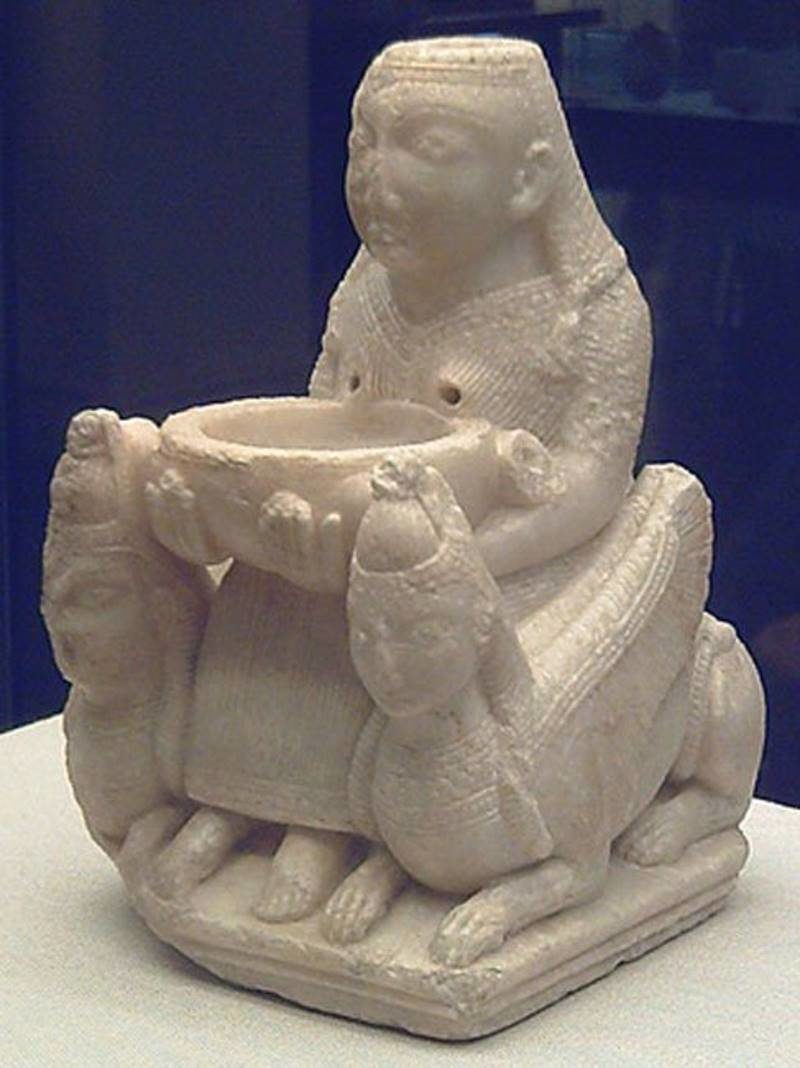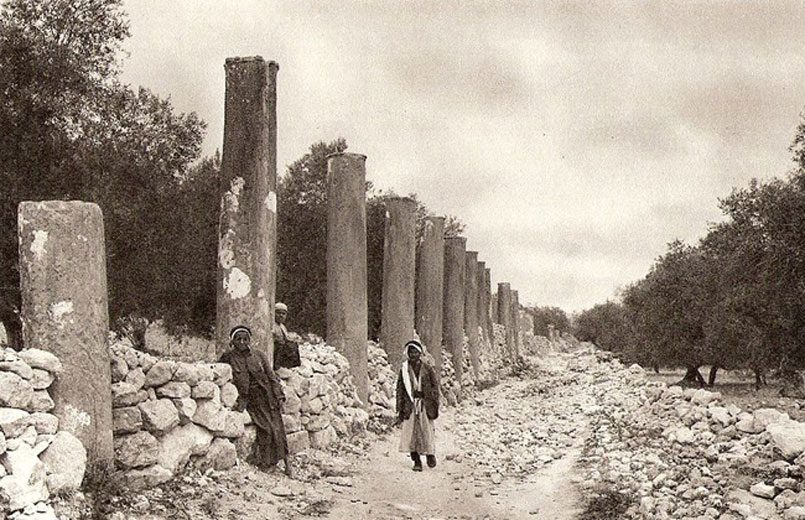The City of Samaria
The story really begins after the death of King Solomon when the Israelites split into two kingdoms, Israel in the north and Judah in the south. The first king of the north was Omri and he established his capitol in a place called Samaria. Omri built his palace complex on a hill he purchased from a man named Shemer, for which he paid two talents of silver. The ancient city of Samaria today is split between Israeli and Palestinian control and, unfortunately, it is in a precarious state threatened by vandals, robbers, and neglect.
The best-known excavations of the site date from 1908 to 1910 and then again in the 1930's. The Palestinian Department of Antiquities, formed in 1997, is working on protecting and excavating the site with about a dozen digs being conducted, so conditions are improving. This ancient site is one of the most documented by fact in the Bible, as well as the burial place of John the Baptist, Joseph, and ten kings of Israel. Is it the location of this city that has caused its virtual abandonment by archaeologists until recently or is it something more? It seems to have been ground zero for the war between the worshippers of the old goddesses and gods, and the followers of Yahweh, for whom there was no room for other gods, and no amount of violence and treachery was too extreme to achieve their ends. What truths may be buried in the city of Samaria?
Conflict Due to a Female Deity
After the rule of King Omri, his son Ahab became the King of Israel, and in approximately 874 BC the Princess Jezebel of Tyre (Phoenicia), was brought to the northern kingdom to be his bride and cement a trade and military alliance between the two kingdoms. It was a very advantageous agreement for Israel to be partners with the powerful and wealthy sea faring Phoenicians. Now the Bible says that Jezebel's father King Ethbaal was the high priest of Baal, but according to the Annuals of Tyre, which are now lost, he was probably actually the high priest of Astarte. Astarte was the primary Phoenician deity, a Goddess, and Baal was her son, consort, or husband, depending on the region.
I contend that it is this worship of a female deity that was the deepest issue in this conflict and consequently, the Goddess was removed from the story as much as possible to hide the fact of her once widespread power. The presence of the female in the divine was simply an unthinkable state to the followers of Yahweh at this time, as it is to the followers of the three Yahweh based religions today.

Just Helping Jezebel Feel at Home
Jezebel was raised as an acolyte of Astarte and Baal and she brought her religious beliefs with her to Israel. The Bible would have us believe that Jezebel forced her religion on people, but the truth is that the region, whose populace was more multinational, was far from united under one god - even though the state religion of Israel was the worship of a single male deity, the worship of many gods and goddess' was common. The followers of Yahweh were, however, determined to bring about the end of all religions except theirs by whatever means necessary.
Soon after their marriage, Ahab built a "house of ivory" for Jezebel to honor her deities, and this gift from a husband to his bride has long been used as an example of his weakness concerning his wife and the opulence of the pagans, not as a beautiful gesture to make a young woman far from her home feel welcome. Remains of ivory furniture and other relics were actually recovered from Samaria in earlier excavations in 1908 thru 1910, suggesting that the house of ivory really did exist. The Bible points out that Ahab erected an altar to Baal and then almost second handedly, it mentions he also made a "sacred post" (1 Kings 16:31-33). Sacred post can be easily passed over, but what it actually means is Ahab erected a grove to the Goddess, which was created by placing the posts of sacred trees into the ground, so clearly Ahab recognized both the Goddess and Baal.
Read the rest here.




Comment: Remember, history is written by the winners.